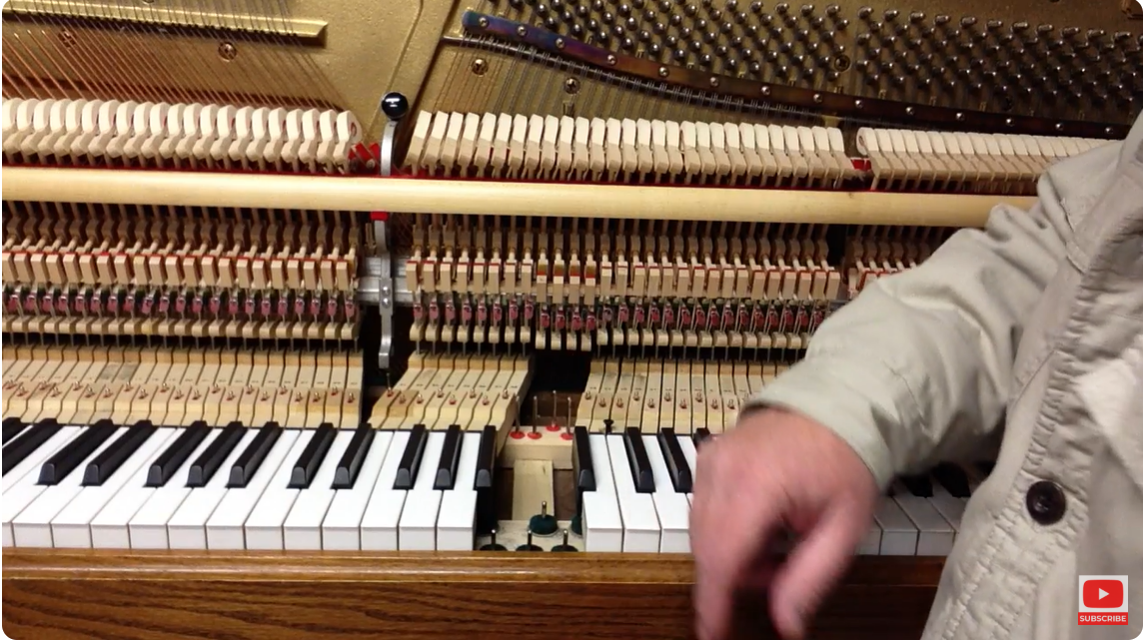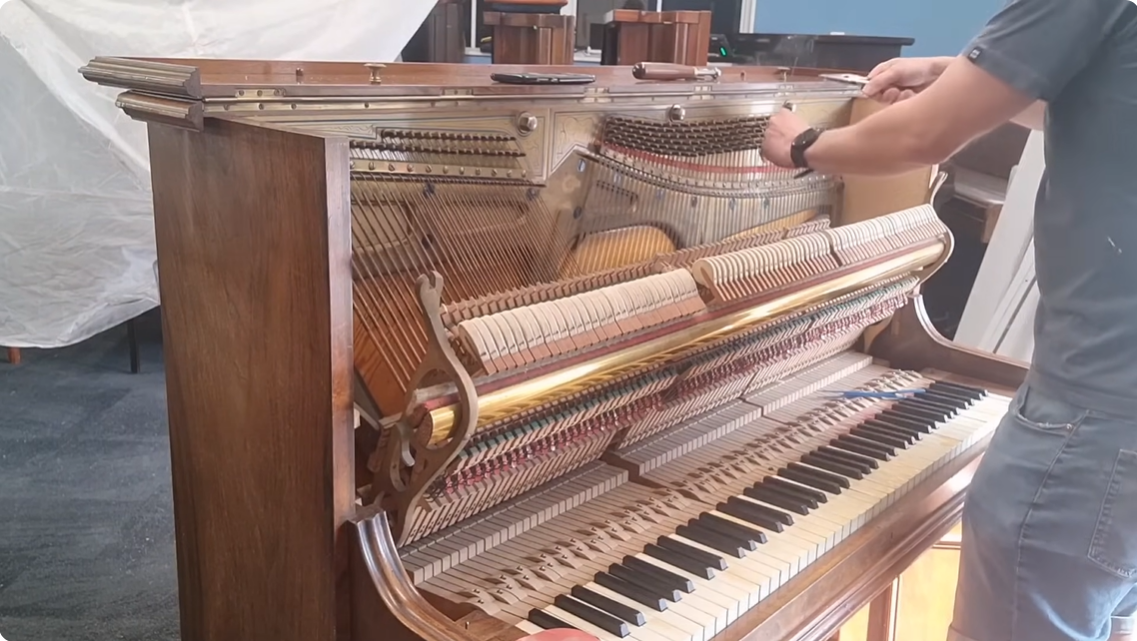How To Fix Stuck Piano Keys- A Simple Step-by-Step Guide
If you own an acoustic piano, chances are you’ve experienced a stuck key at some point. It’s one of those annoying little problems that can really interrupt your playing. While it doesn’t usually happen too often, it tends to show up more in warm or humid environments. In this article, we’ll explore what causes piano keys to stick, how much it usually costs to fix them, and how you can try to fix stuck keys on your own.
One of the most common reasons piano keys get stuck is due to changes in humidity. Pianos are incredibly intricate instruments, made up of thousands of tiny moving parts—many of them crafted from wood. When the humidity rises, the wood can swell. When it drops, the wood can shrink. These shifts can lead to keys sticking or moving sluggishly. But humidity isn’t the only culprit. There are several other reasons your piano keys might be giving you trouble.
Why Do Piano Keys Stick?
If you’ve noticed some of your piano keys sticking or not moving as smoothly as they should, you’re not alone. There are two very common reasons why this happens, and understanding them can help you figure out what’s going on with your instrument.
Humidity makes the keys swell.
This is by far the most frequent cause of sticking keys, and it’s something I personally deal with almost every summer. Even though I live in the UK, where summers aren’t usually extremely hot or humid, my piano still seems quite sensitive to moisture in the air. I often notice a few keys, especially those at the far ends of the keyboard, feel swollen or sluggish. That’s because piano keys are mostly made of wood, and wood naturally expands and contracts depending on the humidity and temperature around it. When the air gets humid, the wood absorbs moisture, causing the keys to swell and sometimes stick together or get stuck in their slots. If you live somewhere with a very humid climate, this issue might be even more noticeable. Don’t worry, though — later in this article, I’ll share some easy ways to fix this problem and keep your keys moving smoothly.
Things get stuck under or between the keys.
Here’s another common reason your keys might be sticking — small objects trapped between or beneath them. Whether it’s crumbs from a quick snack you ate while practicing (hey, no judgment!) or tiny bits of dust and debris, these things can get lodged in tight spaces. If you have kids around, you might also find coins or other small items wedged in there, especially if the piano is left open and unattended. When something gets stuck, it can block the key from moving freely, making it feel sticky or jammed. The good news is this is usually a simple fix. I’ll explain exactly how to clear these obstacles later on, so your piano can play like new again.
Can You Fix Piano Keys That Stick?
The answer is both yes and no.
If your piano keys are sticking because of simple issues, you can often fix them yourself, and I’ll show you how. But some problems—like tight bushings (the metal pins inside the piano that hold the keys in place) or keys catching on the keyslip (the wood strip just below the keys)—are more complicated. Those usually require a professional piano technician. Trying to fix those on your own could cause damage.
My advice? Try the fixes below first. If they don’t work, then it’s time to call in a technician.
Fix 1: Swollen Keys from Humidity

Sometimes piano keys stick because the wood has swollen due to humidity. The simplest solution is to wait for drier weather so the wood can shrink back to normal size. But if you live somewhere humid all year, that’s not very practical.
Here’s a quick trick: Find the key that’s sticking and press it down along with the key next to it. Then, use a small, thin screwdriver to gently pry them apart just enough to create a little space. This can stop the keys from sticking. You might need to do this regularly if your area stays humid.
Be very gentle when doing this—rough handling could damage your keys.
If humidity is a constant problem, you might want to consider a humidity control system made for pianos, like the Piano Life Saver by Dampp-Chaser. I haven’t tried it myself, so I can’t say how well it works, but it’s worth checking out if you have ongoing issues.
Fix 2: Something Stuck Under the Keys
This fix is pretty straightforward but does require a bit of courage because you’ll need to remove some keys to check underneath.
If you’re not comfortable doing this, don’t hesitate to call a technician.
For upright pianos, the keys are usually easy to access. There’s a large rectangular wood panel behind the music desk that can be removed by releasing catches on each side. The fallboard (the cover over the keys) usually lifts out once the panel is off.
Once you have access, gently lift the sticking key out of place—often just a few keys need to come off. Check underneath for any debris or objects that might be causing the problem. Use a vacuum or your hands to clear out anything you find.
After cleaning, put everything back together. The keys usually have numbers to help you place them correctly.
If these simple fixes don’t solve the problem, it’s best to get a professional technician involved. Trying to force a repair beyond your skill level could harm your piano.
How Much Does It Cost to Fix a Piano Key?
If you’ve tried all the basic fixes and your piano key is still stuck, it’s probably time to call a technician. Luckily, this is usually a straightforward repair for them, so it shouldn’t be too expensive. If you can manage to live with the stuck key for a little while longer, I recommend waiting until your next tuning appointment. In many cases, a technician won’t even charge extra to fix a stuck key if they’re already at your home for tuning.
However, if you’re calling a technician specifically to fix the stuck key, you can expect to pay somewhere between $50 and $100. When they come, they’ll explain exactly why the key got stuck, how to fix it, and what you can do to prevent it from happening again.
While the technician is there, it’s a good idea to ask them to check your piano for any other potential problems. They can let you know if the action needs adjusting or if there are any other issues that might cause keys to stick in the future. This way, you can avoid bigger problems down the line.
Explore our comprehensive guide on how to properly clean piano keys and keep them looking like new

